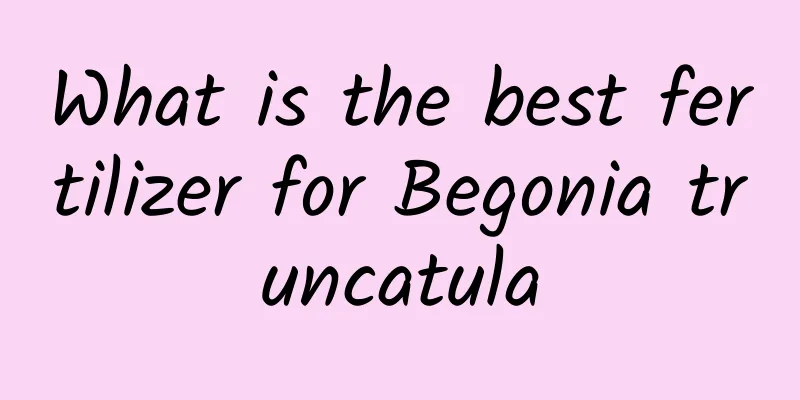Peacock arrowroot leaf spot disease prevention and control methods

Leaf spot damage of peacock plantPeacock plant is native to tropical America and islands in the Indian Ocean. It is a perennial herb with leaves having different shades of green markings, and the back of the leaves are mostly brown-red. Its greatest ornamental value lies in its leaves, and engravings say leaf spots are fatal to it. When leaf spot disease occurs, the leaves will gradually dry up, shrink, and even fall off and die. Symptoms of leaf spot disease on peacock plantThere are white and light green spots on the leaves of the peacock plant. In the early stage of leaf spot disease, you can't see anything if you don't observe carefully. But as the pathogen spreads, many yellow-brown, nearly circular spots will appear on the leaves. These spots will gradually link together, with a halo around the outside. In the later stage, the spots will expand and the entire leaf will turn yellow and wither. The incidence of leaf spot disease in the peacock plantThe occurrence of leaf spot disease is mainly related to the environment, such as high temperature and humidity, poor air circulation, excessive planting density, too many weeds and rotten leaves in the potted plants, or heavy fertilization and high nitrogen fertilizer levels. Peacock arrowroot leaf spot disease prevention and control methodsStrengthen cultivation management and control temperature. During the growing season, water the plant sufficiently to keep the soil moist, but not too wet or waterlogged, otherwise the roots will rot or even the whole plant will die. Although it likes to grow in low light or shade, it should not be kept indoors for a long time or in too much shade without sunlight. It needs sunlight in autumn and winter to maintain the unique luster of the leaves. Keep the soil dry in winter. If it is too wet, the roots will rot or the leaves at the base will turn yellow. Apply thin liquid fertilizer once every half month during the growing season to enhance its disease resistance. Once you find the diseased leaves, remove them immediately to avoid infecting other leaves. In the early stage of the disease, spray 500-600 times diluted 25% myclobutanil emulsifiable concentrate (such as Guoguang Bixian) or 400-600 times diluted 50% manganese zinc wettable powder (such as Guoguang Yingna) . Use 2-3 times in a row, with an interval of 7-10 days. |
<<: Forget-me-not pest control
>>: Disease prevention and control methods of Verbena
Recommend
How to plant orange seeds and how many years will it take to bear fruit
1. How to plant orange seeds 1. Process the seeds...
How to propagate camellia by cuttings, the best time to propagate camellia by cuttings
1. Cutting time The time for camellia cutting pro...
How to grow white sandalwood in summer
one. Water requirements in summer: 1 In such a hi...
The difference between sleeve coconut and rich coconut
1. Differences in stems The stem of the sleeve co...
What flowers are suitable to plant in December (What potted plants are suitable to plant in December)
Unconsciously, the Spring Festival is getting clo...
What to do if the hydroponic white anthurium does not bloom
1. Unreasonable lighting The plant Anthurium pref...
Cultivation methods and precautions of Yuanbao tree
1. Breeding methods 1. Soil: Prefers soil with go...
How to care for maple bonsai
Maintenance place When cultivating maple bonsai, ...
How much is the yield of Qumacai per mu? The yield and profit per mu of planting
Yield per mu of radish The mycelium wilfordii, al...
When does oleander bloom?
When does oleander bloom? Oleander is an evergree...
What to do if the leaves of the plant wilt?
1. How to deal with it 1. If it is because of too...
What kind of orchids are good to grow indoors in the north and how to grow them
1. What kind of orchids are good to grow indoors ...
What kind of fertilizer should be applied to castor bean base fertilizer? How to apply base fertilizer?
Castor bean base fertilizer effect Base fertilize...
How often should I water Dendrobium in summer?
Watering frequency of Dendrobium in summer Dendro...
How to grow potted golden pagoda flowers? How to grow golden pagoda flowers
How to grow golden pagoda flowers in pots 1. Soil...









